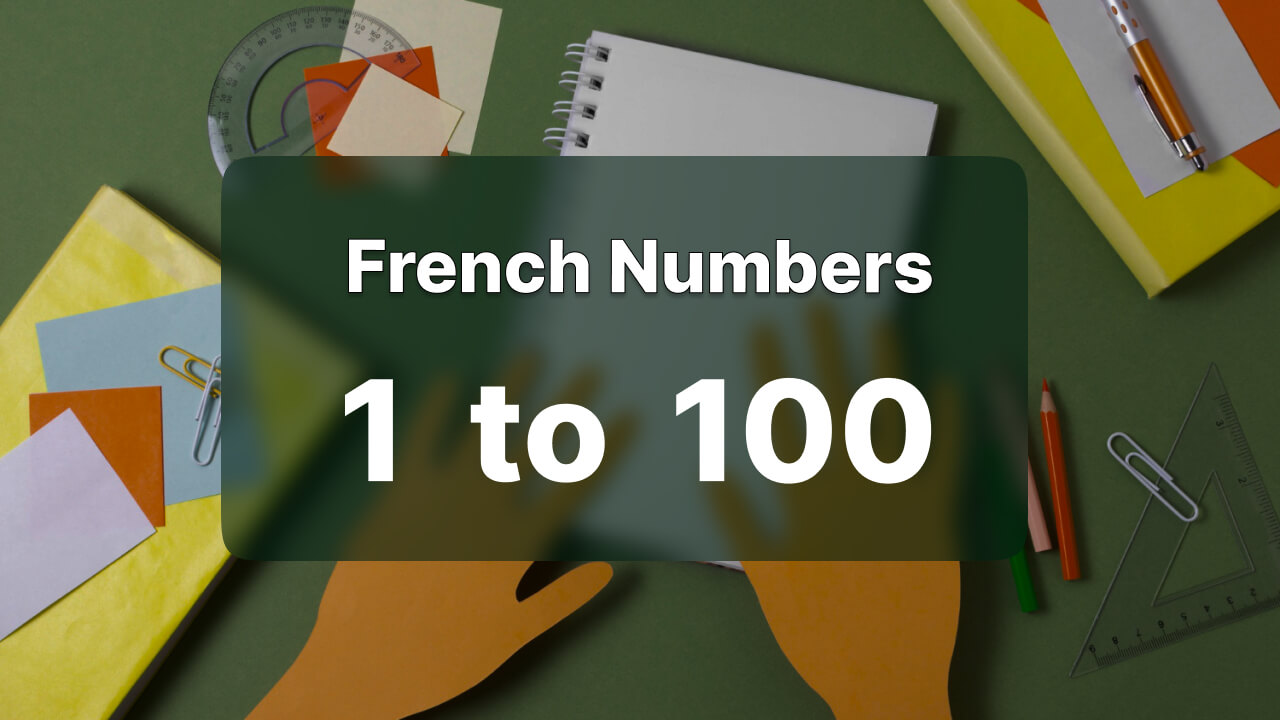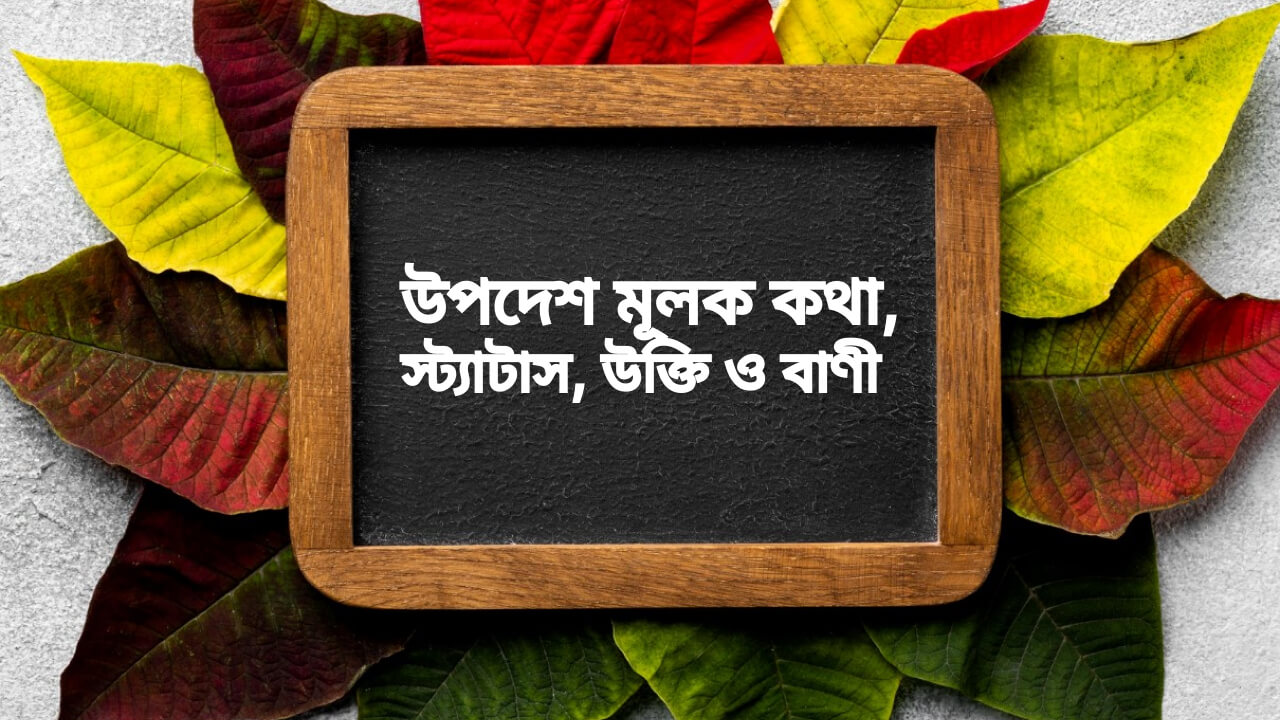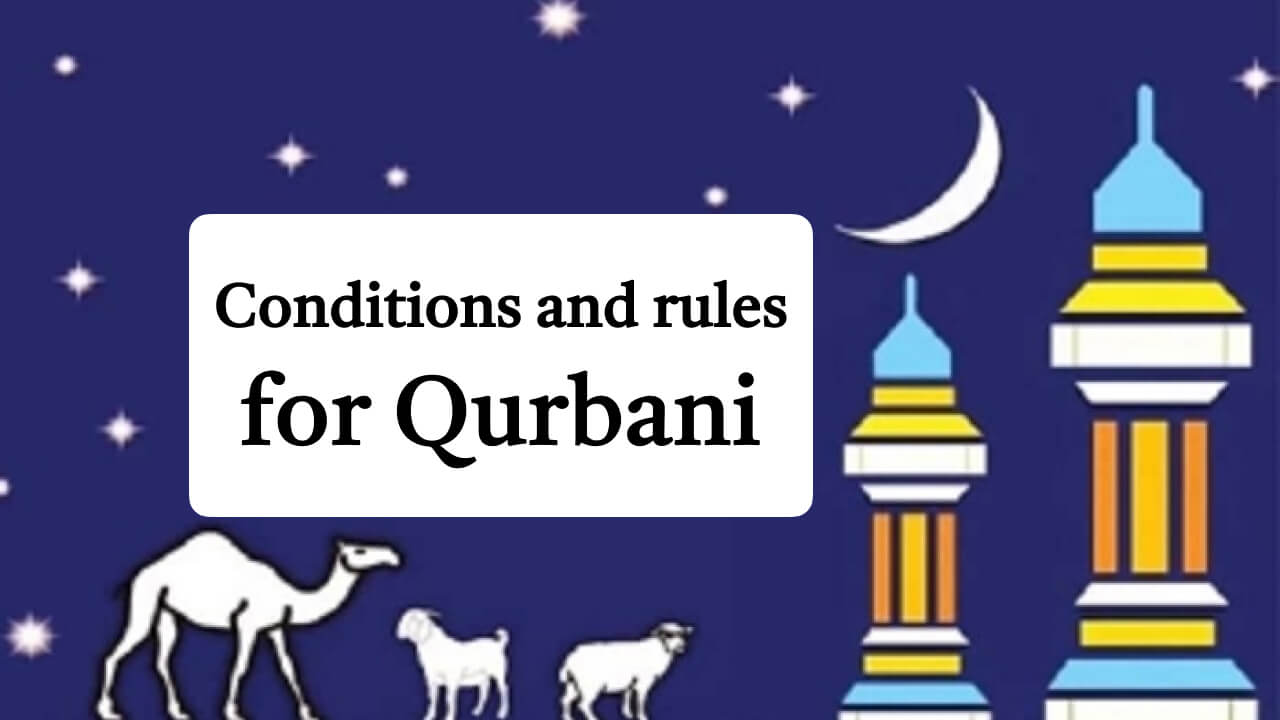
The French numbers 1-100 are much more complex than un, deux trois (one, two, three). While counting from 1-20 is very straight forward, the numbers 60-100 become much more complicated. Apply useful tips and learn how to easily count to from one hundred in French. In this article we are providing the French number 1 to 100.
French Numbers 1-100
| English Number | English Names of Numbers | french Numbers | french Names of Numbers | Pronouncing french Numbers |
|---|---|---|---|---|
| 0 | zero | 0 | zéro | [zay-ro] |
| 1 | one | 1 | un | [uh] |
| 2 | two | 2 | deux | [duhr] |
| 3 | three | 3 | trois | [twa] |
| 4 | four | 4 | quatre | [katr] |
| 5 | five | 5 | cinq | [sank] |
| 6 | six | 6 | six | [sees] |
| 7 | seven | 7 | sept | [set] |
| 8 | eight | 8 | huit | [weet] |
| 9 | nine | 9 | neuf | [nurf] |
| 10 | ten | 10 | dix | [dees] |
| 11 | eleven | 11 | onze | [onz] |
| 12 | twelve | 12 | douze | [dooz] |
| 13 | thirteen | 13 | treize | [trez] |
| 14 | fourteen | 14 | quatorze | [katorz] |
| 15 | fifteen | 15 | quinze | [kanz] |
| 16 | sixteen | 16 | seize | [sez] |
| 17 | seventeen | 17 | dix-sept | [dee-set] |
| 18 | eighteen | 18 | dix-huit | [dees-weet] |
| 19 | nineteen | 19 | dix-neuf | [dees-nurf] |
| 20 | twenty | 20 | vingt | [van] |
| 21 | twenty one | 21 | vingt et un | [vant-ay-uh] |
| 22 | twenty two | 22 | vingt-deux | [van-duhr] |
| 23 | twenty three | 23 | vingt-trois | [van-twa] |
| 24 | twenty four | 24 | vingt-quatre | [van-katr] |
| 25 | twenty five | 25 | vingt-cinq | [van-sank] |
| 26 | twenty six | 26 | vingt-six | [van-sees] |
| 27 | twenty seven | 27 | vingt-sept | [van-set] |
| 28 | Twenty eight | 28 | vingt-huit | [van-weet] |
| 29 | twenty nine | 29 | vingt-neuf | [van-nurf] |
| 30 | thirty | 30 | trente | [tront] |
| 31 | thirty one | 31 | Trente et un | [tront ay-uh] |
| 32 | thirty two | 32 | Trente-deux | [tront-durh) |
| 33 | thirty three | 33 | Trente-trois | [tront-twa) |
| 34 | thirty four | 34 | Trente-quatre | [tront-katr) |
| 35 | thirty five | 35 | Trente-cinq | [tront-sank) |
| 36 | thirty six | 36 | Trente-six | [tront-sees) |
| 37 | thirty seven | 37 | Trente-sept | [tront-set) |
| 38 | thirty eight | 38 | Trente-huit | [tront-weet) |
| 39 | thirty nine | 39 | Trente-neuf | [tront-nurf) |
| 40 | forty | 40 | quarante | [karont] |
| 41 | forty one | 41 | quarante et un | [karont-ay-uh] |
| 42 | forty two | 42 | quarante-deux | [karont-deux] |
| 43 | forty three | 43 | quarante-trois | [karont-twa] |
| 44 | forty four | 44 | quarante-quatre | [karont-katr] |
| 45 | forty five | 45 | quarante-cinq | [karont-sank] |
| 46 | forty six | 46 | quarante-six | [karont-sees] |
| 47 | forty seven | 47 | quarante-sept | [karont-set] |
| 48 | forty eight | 48 | quarante-huit | [karont-weet] |
| 49 | forty nine | 49 | quarante-neuf | [karont-nurf] |
| 50 | fifty | 50 | cinquante | [sank-ont] |
| 51 | fifty one | 51 | cinquante et un | [sank-ont-ay-uh] |
| 52 | fifty two | 52 | cinquante-deux | [sank-ont-deux] |
| 53 | fifty three | 53 | cinquante-trois | [sank-ont-twa] |
| 54 | fifty four | 54 | cinquante-quatre | [sank-ont-katr] |
| 55 | fifty five | 55 | cinquante-cinq | [sank-ont-sank] |
| 56 | fifty six | 56 | cinquante-six | [sank-ont-sees] |
| 57 | fifty seven | 57 | cinquante-sept | [sank-ont-set] |
| 58 | fifty eight | 58 | cinquante-huit | [sank-ont-weet] |
| 59 | fifty nine | 59 | cinquante-neuf | [sank-ont-nurf] |
| 60 | sixty | 60 | soixante | [swa-sont] |
| 61 | sixty one | 61 | soixante et un | [swa-sont-ay-un] |
| 62 | sixty two | 62 | soixante-deux | [swa-sont-dur] |
| 63 | sixty three | 63 | soixante-trois | [swa-sont-twa] |
| 64 | sixty four | 64 | soixante-quatre | [swa-sont-katr] |
| 65 | sixty five | 65 | soixante-cinq | [swa-sont-sank] |
| 66 | sixty six | 66 | soixante-six | [swa-sont-sees] |
| 67 | sixty seven | 67 | soixante-sept | [swa-sont-set] |
| 68 | sixty eight | 68 | soixante-huit | [swa-sont-weet] |
| 69 | sixty nine | 69 | soixante-neuf | [swa-sont-nurf] |
| 70 | seventy | 70 | soixante-dix | [swa-sont-dees] |
| 71 | seventy one | 71 | soixante-et-onze | [swa-sont-ay-onz] |
| 72 | seventy two | 72 | soixante-douze | [swa-sont-dooz] |
| 73 | seventy three | 73 | soixante-treize | [swa-sont-trez] |
| 74 | seventy four | 74 | soixante-quatorze | [swa-sont-katorz] |
| 75 | seventy five | 75 | soixante-quinze | [swa-sont-kanz] |
| 76 | seventy six | 76 | soixante-seize | [swa-sont-sez] |
| 77 | seventy seven | 77 | soixante-dix-sept | [swa-sont-dee-set] |
| 78 | seventy eight | 78 | soixante-dix-huit | [swa-sont-dees-weet] |
| 79 | seventy nine | 79 | soixante-dix-neuf | [swa-sont-dees-nurf] |
| 80 | eighty | 80 | quatre-vingts | [kat-ra-van] |
| 81 | eighty one | 81 | quatre-vingt-un | [kat-ra-vant-uh] |
| 82 | eighty two | 82 | quatre-vingt-deux | [kat-ra-van-dur] |
| 83 | eighty three | 83 | quatre-vingt-trois | [kat-ra-van-twa] |
| 84 | eighty four | 84 | quatre-vingt-quatre | [kat-ra-van-katr] |
| 85 | eighty five | 85 | quatre-vingt-cinq | [kat-ra-van-sank] |
| 86 | eighty six | 86 | quatre-vingt-six | [kat-ra-van-sees] |
| 87 | eighty seven | 87 | quatre-vingt-sept | [kat-ra-van-set] |
| 88 | eighty eight | 88 | quatre-vingt-huit | [kat-ra-van-weet] |
| 89 | eighty nine | 89 | quatre-vingt-neuf | [kat-ra-van-nurf] |
| 90 | ninety | 90 | quatre-vingt-dix | [kat-ra-van-dees] |
| 91 | ninety one | 91 | quatre-vingt-onze | [kat-ra-van-onz] |
| 92 | ninety two | 92 | quatre-vingt-douze | [kat-ra-van-dooz] |
| 93 | ninety three | 93 | quatre-vingt-treize | [kat-ra-van- trez] |
| 94 | ninety four | 94 | quatre-vingt-quatorze | [kat-ra-van-katorz] |
| 95 | ninety five | 95 | quatre-vingt-quinze | [kat-ra-van- kanz] |
| 96 | ninety six | 96 | quatre-vingt-seize | [kat-ra-van- sez] |
| 97 | ninety seven | 97 | quatre-vingt-dix-sept | [kat-ra-van- dee-set] |
| 98 | ninety eight | 98 | quatre-vingt-dix-huit | [kat-ra-van- dees-weet] |
| 99 | ninety nine | 99 | quatre-vingt-dix-neuf | [kat-ra-van- dees-nurf] |
| 100 | one hundred | 100 | cent | [son] |
What are French numbers up to 100?
Let’s keep going! As you might have noticed, the last few numbers in the teens were simple maths problems.
Seventeen in French is ‘dix-sept‘ – ten (‘dix‘) plus seven (‘sept‘), and the same pattern continues through the remaining numbers up to 20. This pattern of adding numbers together to form the name of a bigger number will appear again later.
But for now, let’s get started on how to count up to one hundred from twenty. The next number, twenty-one, is ‘vingt-et-un‘ in French – which literally translates as ‘twenty and one’, but after this, the next number, twenty-two is ‘vingt-deux‘, and the pattern of ‘twenty-‘ followed by the relevant number continues after that up to thirty.
Thirty in French is ‘trente‘ (pronounced as ‘tront’) and after that, the rest of the ‘thirties’ follow the same pattern as the twenties – ‘trente-et-un‘, ‘trente-deux‘ and so on. This pattern continues up to 60, with the only part that changes being the multiple of ten. Here’s the next 3 ‘tens’ in French:
- 40 is ‘Quarante‘, pronounced as ‘ka-Ront’
- 50 is ‘Cinquante‘, pronounced as ‘sank-ont’
- 60 is ‘Soixante‘, pronounced as ‘so-ah-sont’
However, the pattern changes when we get to seventy. Rather than attaching ‘ante’ onto a prefix based on the French word for seven, ‘sept‘, the French word for seventy is ‘soixante-dix‘: literally ‘sixty-ten’.
From there, the rest of the seventies are made by combining ‘sixty‘ with the appropriate number from the ‘teens’: seventy-one is ‘soixante-et-onze‘ (‘sixty and eleven’), seventy-two is ‘soixante-douze‘ (‘sixty-twelve’), and then it continues like this up to eighty, which is where things get a bit more complicated.
Rather than having an ‘-ante‘ number like the numbers up to sixty, or adding numbers onto sixty, like the seventies, eighty in French is ‘quatre-vingts‘ – ‘four twenties’.
From there, we use a similar formula as we do for the numbers between 20 and 69. Eighty-one (81) is ‘quatre-vingt-un‘, then from there, the numbers follow the same pattern up to ninety -‘quatre-vingt-deux‘ (eighty-two), ‘quatre-vingt-trois‘ (‘eighty-three’), and so on.
When we get to ninety, things get a little more complicated. ‘Ninety’ in French is ‘quatre-vingt-dix’ – ‘four twenties – ten’, combining the two composite forms we have for the seventies and eighties. The rest of the nineties follow the same pattern of ‘quatre-vingt-‘ followed by the appropriate number from the teens, from twelve up to nineteen.
Finally, we get to one hundred, which is ‘cent‘ (pronounced ‘son’), rounding off the first one hundred numbers.
A Short History Of Numbers In French
While we don’t know for definite why the French multiples of ten from seventy upwards work the way they do, some linguists have a theory.
Firstly, let’s just quantify what’s actually going on. Historically, there is more than one method for counting:
- There’s the method that English-speakers know, which comes from the Romans and is called ‘base ten’. This means that everything is based on multiples of ten.
- Up to sixty-nine, French also uses a ‘base ten’ system, but at seventy, it switches to the “vigesimal system” which uses the base twenty. This is how we end up with numbers like ‘quatre-vingt-quatre‘ (84).
Languages with vigesimal systems are believed to have developed this system because originally they used their feet as well as their hands to count. Adding the total number of fingers and toes together, you get twenty.
Many believe that the vigesimal system ended up in French due to the influence of the Celts in France, whose languages use the base 20 system. Others say it was due to Viking influences during the Dark ages and point to the fact that Danish numbers also works on the base 20 “vigesimal system”.
However, we don’t know for sure, and this doesn’t answer the main question – why does French mix and match decimal and vigesimal counting systems?
Well, the answer might lie in the Roman period. The theory goes that when the Roman invaders came to France, they tried to impose their language and methods on the French, but they weren’t totally successful.
There was a short period during the Middle Ages when the Roman versions – ‘septante’, ‘huitante’ and ‘nonante’ – looked like they were going to stick, but then tradition partially prevailed for the French, and they managed to reclaim their ancient ways of saying eighty (‘quatre-vingt’) to ninety-nine (‘quatre-vingt-dix-neuf’).
However, in some French-speaking countries and regions, the rules aren’t quite the same. In Belgium and Switzerland, ‘seventy’ is ‘septante’and ‘ninety’ is ‘nonante’. As for 80, Belgium uses the standard ‘quatre-vingts’, while Switzerland uses ‘huitante’. There’s also an archaic word ‘octante’that you might hear in Switzerland or the South of France.
What are French numbers for telling the time?
Knowing how to tell time in French is essential for travelling, meeting up with friends, making appointments, and getting to work or school on time. Once you learn these formulas, you’ll never have an excuse to be late again!
Firstly, we need to explain how to ask what time it is. Although there are several words for ‘time’ in French, the only one of them you need to know to master this topic is ‘l’heure ‘, which means time in the sense of telling the time. ‘Heure‘ is a noun, so it’s singular withune(une heure, une heure vingt, etc) and plural with all other numbers (deux heures, quinze heures trente, etc).
Here’s the key phrase to ask the time: ‘Quelle heure est-il?‘, which translates as ‘What time is it?
After posing the question, here’s a list of how we describe the time at each point in the hour:
- It’s one o’clock – ‘il est une heure’
- It’s five past one – ‘il est une heure cinq’
- It’s ten past one – ‘il est une heure dix’
- It’s quarter-past one – ‘il est une heure et quart’
- It’s twenty past one – ‘il est une heure vingt’
- It’s twenty-five past one – ‘il est une heure vingt-cinq’
- It’s half past one – ‘il est une heure et demi’
- It’s twenty-five to two – ‘il est deux heures moins vingt-cinq’
- It’s twenty to two – ‘il est deux heures moins vingt’
- It’s quarter to two – ‘il est deux heures moins le quart’
- It’s ten to two – ‘il est deux heures moins dix’
- It’s five to two – ‘il est deux heures moins cinq’
After this, there’s two more important terms you need to know when talking about time in French:
- midday in French is ‘midi’
- midnight in French is ‘minuit’
How do you say how old are you in French?
Talking about age in French works a little differently to how it does in English. In English, we talk about age as a state of being – for example, ‘I am 20 years old’.
However, in French, age is a sort of quantity that we acquire throughout our lives – we ‘have’ years of life! Because of this, if you want to say how old you are in French, the questions and answers about age might look a bit odd when translated literally:
- ‘Quelle age as-tu?’ is ‘How old are you?’ In translation, it is: ‘What age do you have?’
- ‘J’ai dix ans.’ is I’m ten years old’. In translation, it is ‘I have ten years’.
Conclusion
French numbers generally look the same as English numbers. In this article we have tried to give you an idea about French numbers and their pronunciation. Hope our article will be useful for you. If you like our article then share it with your friends and stay with us. Thank you.













